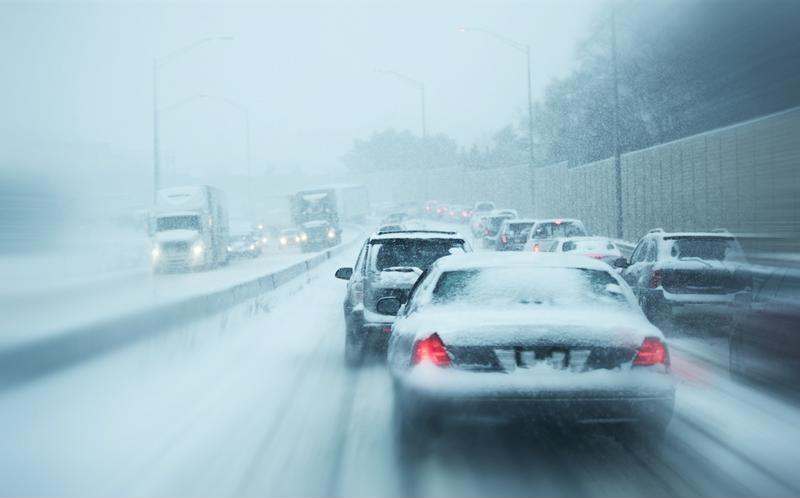From Winter Storm Izzy that slammed the Southeast and Mid-Atlantic in mid-January to a bomb cyclone that blasted the Northeast a few weeks later, inclement conditions are exacerbating the shortages that business owners and their customers are experiencing. Typically, when substantial storms are in the forecast, demand surges as consumers prepare by stocking up before hunkering down. But with supply levels low already as they are, the items and foodstuffs that Americans would typically find easily aren't as widely available.
Aaron Terrazas, director of economic research for the trucking network firm Convoy, told The Weather Channel that it's not unusual for product availability to diminish when blizzards and nor'easters are in the forecast. But what makes these storms more problematic than those of the past is the supply chain's poor performance before now.
"Given all the other disruptions in supply chains going on right now, be it the Omicron wave which has kind of meant labor availability is pretty tight, port disruptions, input production disruptions ... all that amplifies the supply chain disruptions with these major storms," Terrazas explained.

Izzy snarled traffic, canceled flights
One such major storm was Izzy. Affecting large swaths of the country, Izzy produced massive volumes of snow and ice that led to blinding conditions and several of the nation's thoroughfares, such as Interstate 81. As multiple news outlets reported at the time, Izzy led to hundreds of car accidents on I-81 in Virginia that ground traffic flow to a halt. Many of those vehicles involved in these crashes were big rigs with time-sensitive goods needing to be delivered. Izzy also canceled or delayed thousands of flights, The Daily Mail reported.
Terrazas pointed out that prior to the pandemic, winter storms like these pushed back delivery windows by a few days, five at the most. But given all of the other issues that were already causing shortages, items will likely take longer. This is especially true for products prone to spoilage, such as fruits, vegetables and dairy. Plus, since winter lasts approximately 90 days, the next major storm may be right around the corner, complicating matters that much further.
As a potential workaround, shopping experts recommend picking up a few extra items whenever you need something, like buying two rolls of paper towels instead of just one. Additionally, as Terrazas told The Weather Channel, try to shop around at as many stores as you can to see what the inventory situation is like at those locations. Generally speaking, major retailers typically have the most available, given their resources and because they're given priority status by producers.



Post A Comment:
0 comments so far,add yours